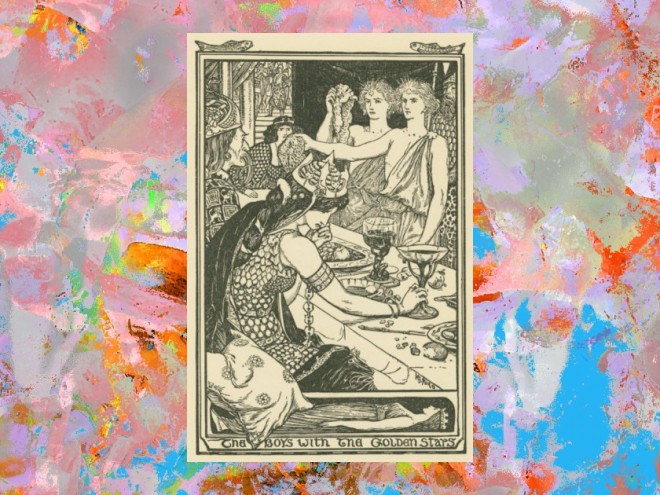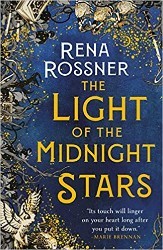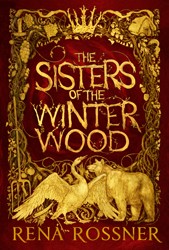Eating the Bible is an intriguing cookbook with a unique outlook. The chapter titles are Genesis, Exodus, Leviticus, Numbers, Deuteronomy, and Biblical Ingredients. The author explains, “My goal in writing this cookbook was so much more than just recipes. My goal is to help you bring the Bible into your modern meals and your busy lives. This cookbook is versatile and modular: it can be experienced in-depth, providing the cook with reading material while making each recipe, which can then be imparted to family and guests, but there are also shortcuts in the form of ʻAlternatives’ and ʻQuestions’ at the end of each recipe.”
She further explains in discussing the verses, commentaries, and questions, “I had my own ways of interpreting the verse and its meaning; other times I would look up the verse and see if there were parallels in other books of the Old Testament like the earlier and later prophets and writings. But sometimes I would look up words and terms in a Bible Concordance, which at times led me to the Babylonian and Jerusalem Talmud, and often to various Medieval, Renaissance, and modern commentators on those verses…every source that I mention in this cookbook has been checked and verified by scholars much more knowledgeable than me.”
When discussing the verse in Genesis which relates, “Your progeny…like the dust of the earth,” Rossner gives us the recipe for her Earthy Seasoning, which when sprinkled will enhance chicken, fish, or steak as you bake them. “Why dust? Yes, the dust of the earth is plentiful, but what else is so special about it?” Rossner asks, to answer, “Just like dust goes from one end of the earth to the other, so too will the Israelites be scattered all over the world.”
The photographs are not only beautiful but instructive. Discussing gifts and parcels that Jacob plans to send to Pharaoh along with Benjamin, his son, she includes detailed and colorful photos on how to assemble the scrumptious Pistachio Almond Chicken Packets. In the Numbers chapter, the verse of the Bible, “And God opened the mouth of the donkey, and it said to Balaam,” What have I done to you that you have struck me on these three occasions?’” Rossner explains and shows us the instructions that “…Burro means donkey in Spanish, and the three beans represent the three blessings that Balaam gave the Israelites.” Hence we have her recipe for Three-Bean Burritos.
After discussing a verse in Deuteronomy, “And he brought us to this place, and he gave us this land, a land flowing with milk and honey,” the author presents her recipe for the delectable Milk and Honey Kugel.
The section on Biblical ingredients lists the food and where in the Bible it is mentioned, as in Almond (Genesis 43:11) and Cinnamon (Exodus 30:23). The Glossary explains Sources Mentioned, Biblical Characters, and Places in the Bible. We learn, for instance, that the Moabites were a tribe living east of the Dead Sea, and that the shekel was an ancient piece of currency, used especially to form the census.
Excellent index.
Related Content:
- Jerusalem: A Cookbook by Ottolenghi and Tamimi
- Food: Jewish Perspectives Reading List
- Essays on Food and Eating
Recipe: Plaguing the Egyptian Conscience
Excerpted with permission from Eating the Bible: Biblical Inspiration for the Modern Kitchen by Rena Rossner. Copyright 2013, Skyhorse Publishing, Inc.
Because this time, I am sending all my plagues to your heart and to your servants and to your people, so that you shall know that here is none like me in all of the land. - Exodus 9:14
In verse 14, God tells Moses to tell Pharaoh that this time he is sending all of his plagues. However, God then proceeds to send the plague of hail. One commentator explains that here he is referring to the plague of the firstborn. But others explain that it is not the plague of the firstborn, but rather the plague of the first of the crops, which were almost completely devastated by the plague of hail. What was it about this plague that made it equivalent to all the other plagues?
One commentator opines that God refers to this plague as “all my plagues” because the type of hail sent included extremely loud thunder (or strong wind) and the miraculous combination of fire and ice, essentially a combination of all the elements. Indeed this is the first time that we see Pharaoh react in fear and even state, “God is righteous, and my nation and I are evil” (Exodus 9:27).
Another commentator explains that this plague was unique because it consisted of a miracle within a miracle: the fire and the hail were mixed together, two elements which made peace between themselves to do the will of their creator. Additionally, according to another commentator, the first plagues caused no lasting damage, whereas hail was the first plague to do permanent damage to the land. This fiery storm destroyed the flax and barley (9:31), only to be followed by the plague of locusts which destroyed whatever was left. After these, the only plagues left were the plague of darkness and the plague of the firstborn. The plague of hail is really the beginning of the end for Pharaoh and the Egyptians.
Fire and Ice Bruschetta
Cut tomatoes and onions and place in a bowl with a lid. Place remaining ingredients, except for baguette and olive oil, in a saucepan and bring to boil. Immediately pour over vegetables, shake up, and chill for at least 1 hour. Brush baguette with olive oil, and toast until crisp. Serve fire and ice tomato mixture spooned on top of toasted baguette rounds.
Serves 4 – 6.
Alternatives: Serve ice cold drinks and red hot food. Serve any cold salad that is spicy as well. Serve Baked Alaska or fried ice cream. Sprinkle cayenne pepper on top of vanilla ice cream (it actually tastes really good!), or simply put out a bowl of ice on your table with some Tabasco sauce on the side.
Questions: What is so awe-inspiring about the mixture of fire and ice? Why do you think God chose to send a plague in the form of hail? Why didn’t God just destroy all the crops?




